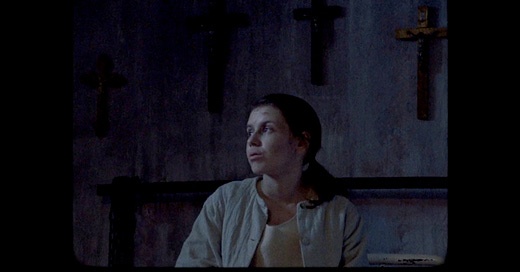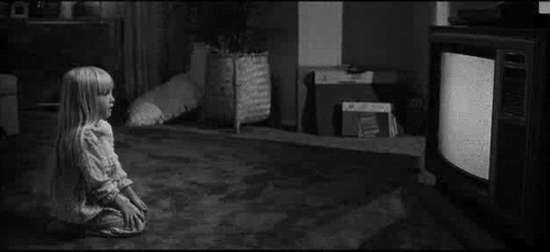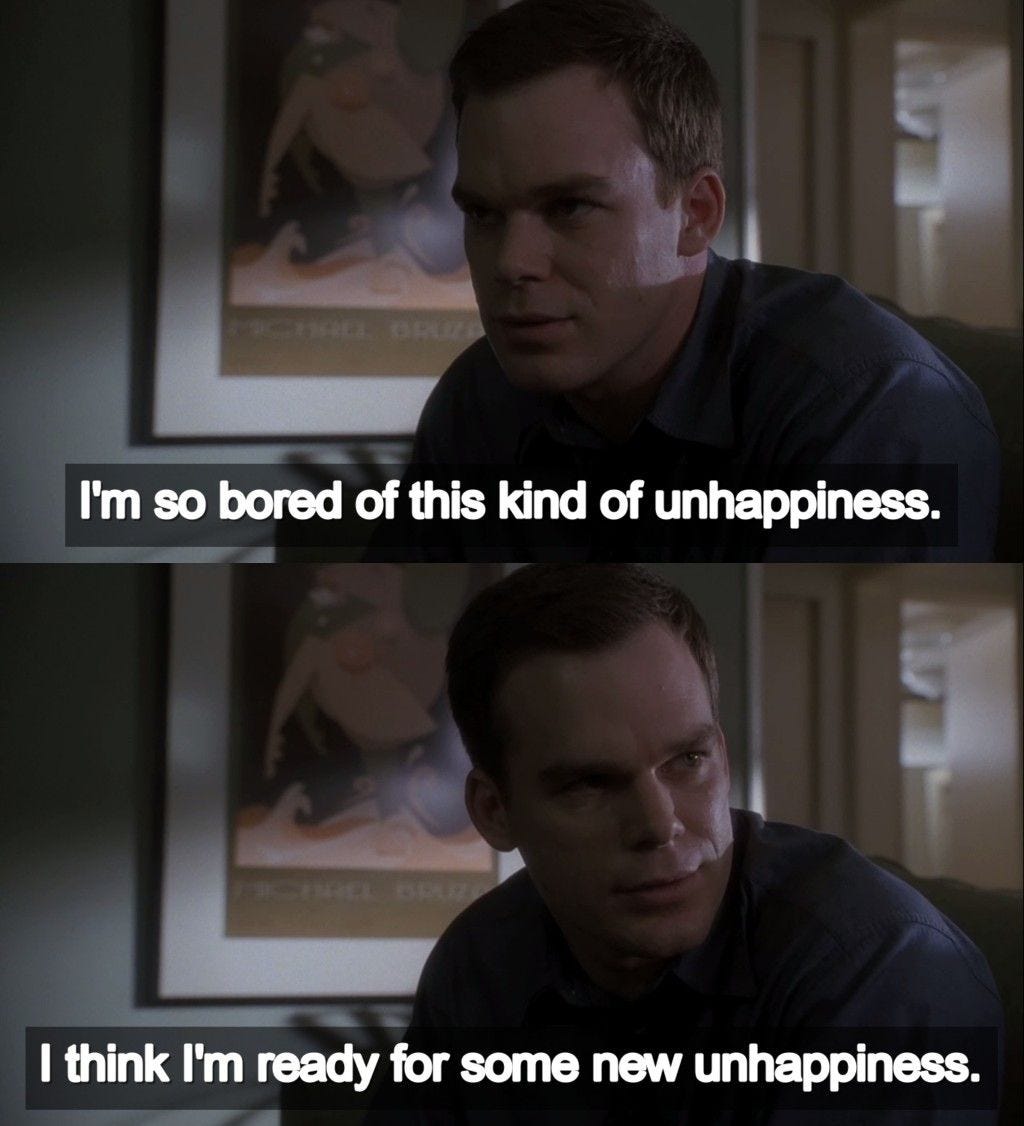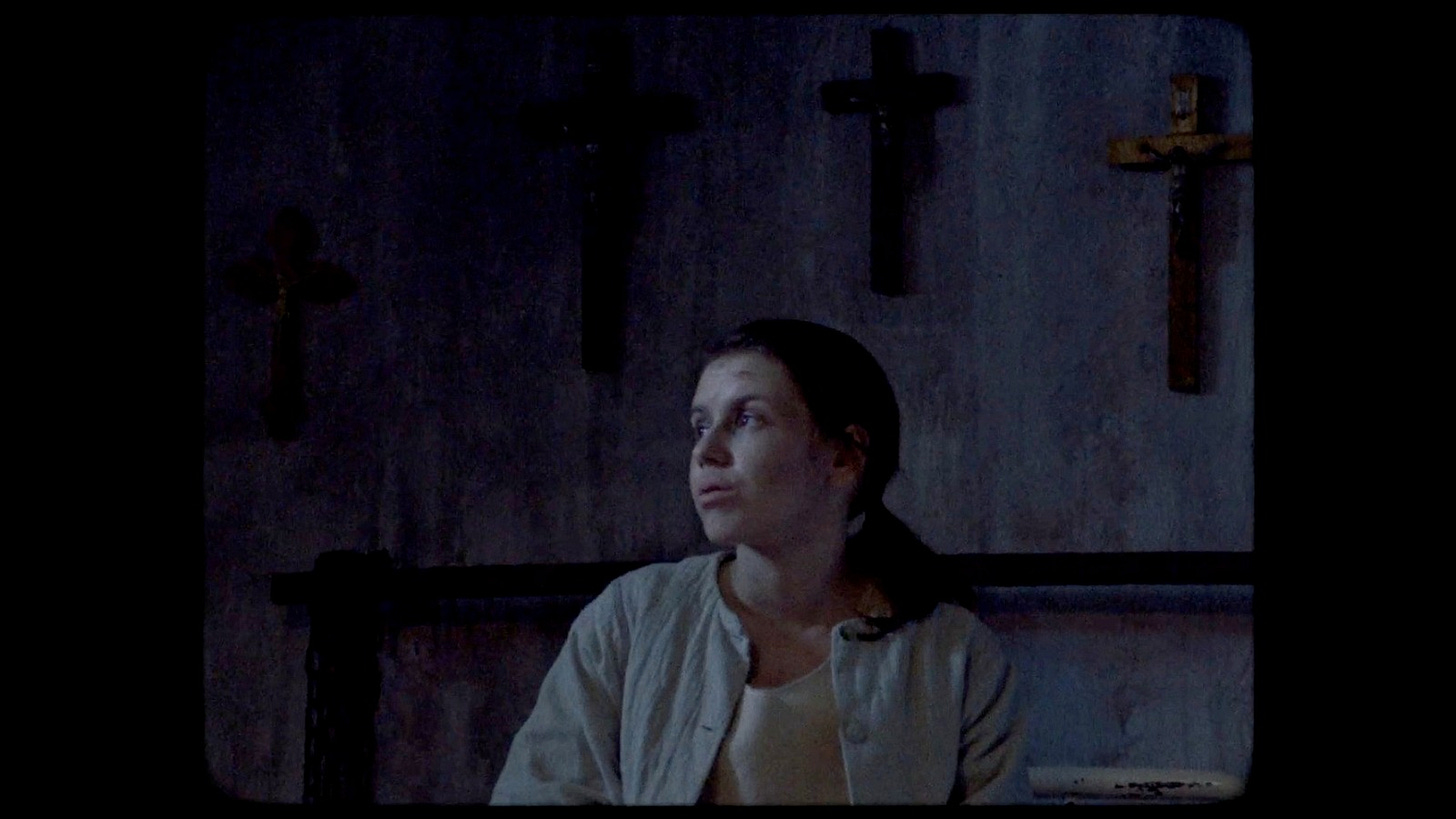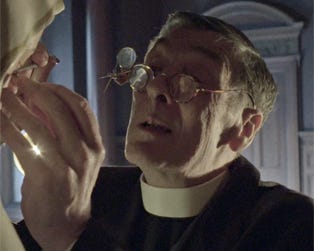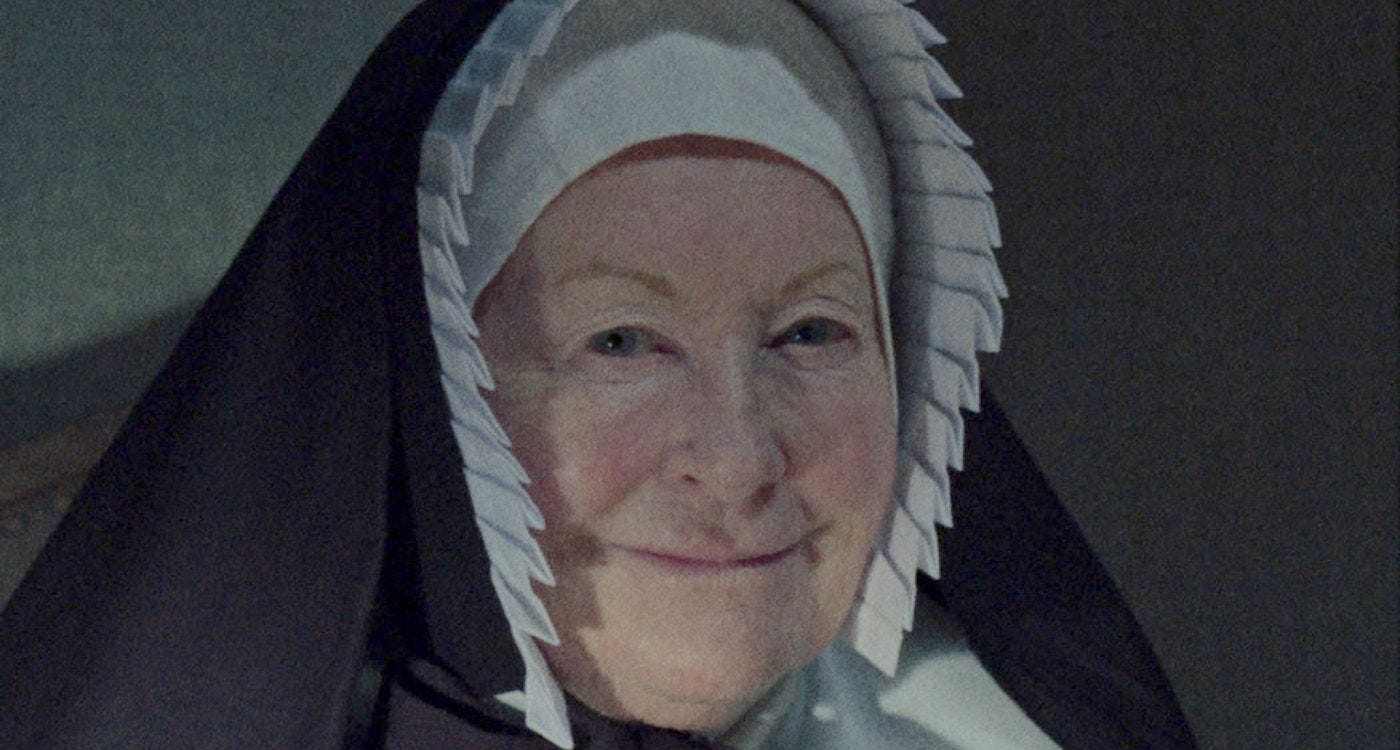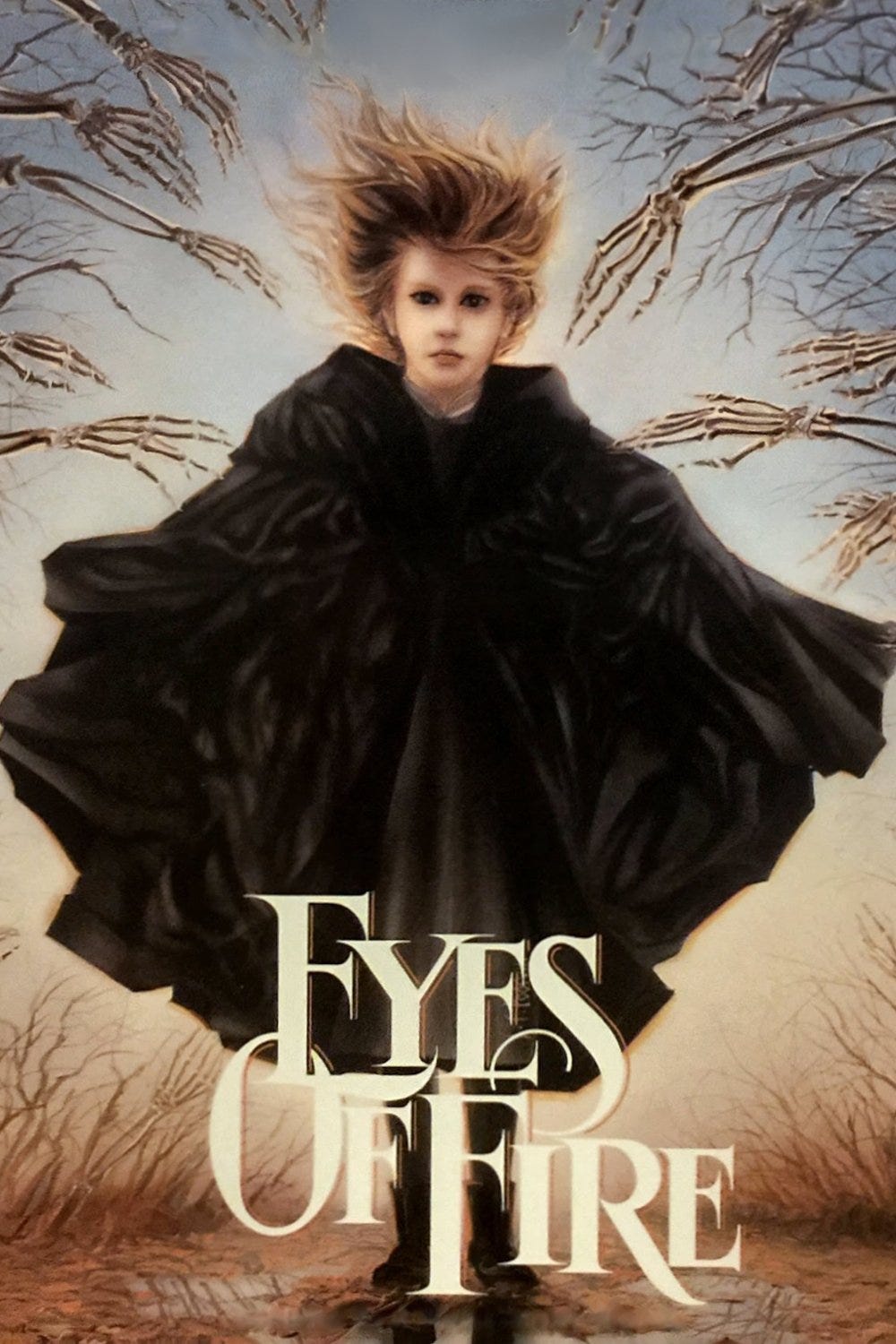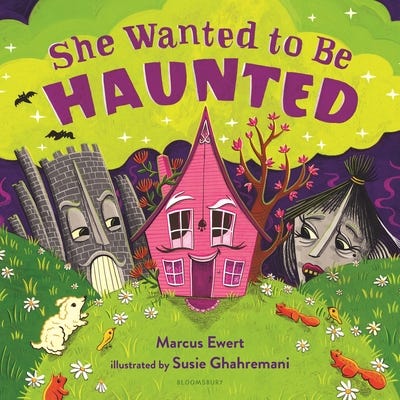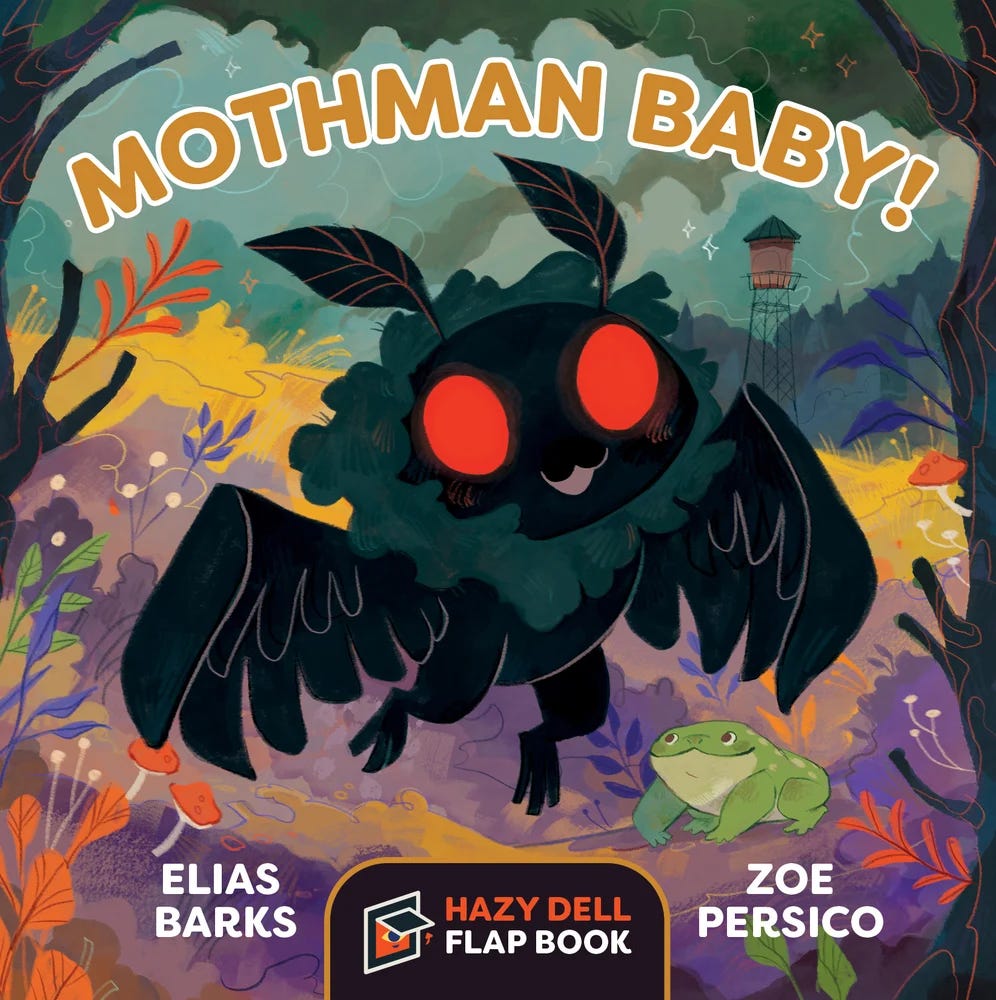Walk in Love through the Devil's Doorway
the roots of Catholic trauma & revisiting faith via horror
First of all, I want to apologize for the delay in getting this second newsletter out. Almost immediately after the first one, I had a series of mishaps beginning with a trip to the emergency room. Long story short: I resigned from my job and am on FMLA for the remainder of my notice period. It’s been a wild ride over here! But on the bright side, I now have more time to dedicate to writing about our favorite spooky moms in horror. It is the perfect time to subscribe and/or get your friends to subscribe! All I’m gonna do in my spare time between now and graduating with my MSW (in December!) is watch horror movies and write about them, here, for you.
My last newsletter was all about Fréwaka, the Irish folk-horror film where the myth of the fae serves as a metaphor for the Magdalene Laundries and infanticide. It’s a beautifully done film that, coinciding with the death of Pope Francis, had some strange effects on me, including reawakening a desire to connect with my distant Catholic roots. In the last newsletter I spoke a bit about my experiences marrying into an Irish Catholic family in the early 2000s, but I didn’t talk about my long history of attempting to find a place in various Christian churches only to be confronted with homophobia every time. As a teen I attended Lutheran Confirmation classes (against my lapsed Catholic mother’s wishes) but left after the pastor made us watch an “Adam and Eve, not Adam and Steve” video. I had a lot of friends growing up who belonged to all kinds of religious traditions, including Mormonism and Jehovah’s Witnesses. Because I was raised outside of a religious framework, I developed a fascination for the ideologies of others, and especially for the ways in which these ideologies really fucked up my friends.
Later, when I did my undergrad degree in a Catholic women’s college, I considered converting to Catholicism (I’m the only child in my family who wasn’t secretly baptised by some relative), but reading about the RCIA (now OCIA) process made me realize I’d have to betray myself and many of my friends to gain the illusion of acceptance. At that same time, while going through a particularly difficult breakup, a friend invited me to her (Evangelical) church and, feeling vulnerable and in need of community, I accepted. I ended up sobbing through a sermon against homosexuality while everyone else in the church stared at me, seeming to think I was having some spiritual awakening in response to the minister’s words when really I felt trapped, reviled, and desperate to escape. This desire to fit in and force acceptance where there never will be any is why David Fisher from Six Feet Under is my televisual long lost twin.
I stopped thinking much about Christianity as an option for me between then and now, having had too many negative (and downright traumatic) experiences, and watching this movie about a queer couple grappling with the legacy of Catholic trauma, coupled with the death of the first Pope to ever make me feel not only recognized but maybe even loved, kickstarted something in me and I fell into a Catholic rabbithole for weeks. I still emerged with the certainty that Catholicism is not for me (especially since converts are much more dogmatic than folks born, raised, and baptised in the church) but with the discovery of several wonderful Episcopal churches in my neighborhood where women and queer folks are ordained and sermons acknowledge the genocide in Gaza. The Episcopal Church is basically Catholicism Part 2: Liberation Edition.
I’m still not sure that whatever I “believe” aligns with Christianity, and I am still fairly convinced that we live in an anarchic universe devoid of any plan or inherent meaning, but I do like the basic tenets of loving one another, engaging in good social works, and viewing Jesus as a revolutionary socialist who engaged in some righteous table-flipping. I also want my daughter to have something I never had: a spiritual community based in love, and which doesn’t demand her adherence. I want her to feel free to decide her own beliefs and follow them, and if that means rebelling against the framework in which she was raised, that would only make me proud, which will probably annoy her even more.
Watching Fréwaka made me want to watch Aislinn Clarke’s first film, The Devil’s Doorway, in which the roots of Fréwaka are made unmistakably clear. The film is set in an actual Magdalene Laundry where two priests are investigating the alleged miracle of a Virgin Mary statue crying tears of blood (classic!) Father John is younger and more idealistic, more willing to believe, while Father Thomas serves as his jaded foil convinced they’ve been lured by yet another religious hoax.
The Devil’s Doorway is a found-footage film and a bit clumsier than the more polished Fréwaka. I’m not at all against the found-footage approach to horror, but I can’t ever seem to stop myself from noticing things like an all-too-perfect camera placement during a pivotal shot, or wondering why someone would still be filming while running to save his own life. There are plenty of moments like this in The Devil’s Doorway, as well as a scene where Father Thomas is digging around a statue’s eyeballs looking for evidence of fakery and the whole time I’m asking myself, “What exactly is he digging for here with his little chisel? Surely he's found the fake blood already? It's right there!” It’s a little too obvious when actors have been told to appear busy while a conversation takes place.
Still, The Devil’s Doorway is genuinely spooky and I appreciate Father Thomas’s skepticism and even jadedness toward the Catholic church itself, as well as his concern for the captive pregnant woman at the center of the story. Just like in Fréwaka, there is a revelation that the protagonist is more integral to the events in the plot than what meets the eye at first, a sort of secret lineage and gruesome homecoming that reflects Irish society’s reckoning with the evils it allowed to befall its young girls. And the actress who portrays the Mother Superior is astonishingly diabolical.
Of all the mothers, both literal and figurative, portrayed in this film, I am most intrigued by the absent spectre of Father Thomas’s mother and how his sympathies for the young girl locked in the cellar echo the longing for an impossible reunion. There is also poetry in the connection between the two virgins and the fact that the blood of the imprisoned girl flows through the statue of the OG Virgin. Both The Devil’s Doorway and Fréwaka have the same central message: that you cannot escape the fate that was handed to you, or which was bargained by your ancestors on your behalf, and that no matter how far you travel, eventually you will be called home.
Up Next
Next week I’ll be madly fan-girling over Eyes of Fire, a new-to-me folk horror classic that blew my mind in a number of ways I was not at all expecting.
Currently Reading
She Wanted to be Haunted: my daughter and I found this book in our neighborhood Little Free Library and I didn’t realize until a week later that I know the author! It’s a great book for your littles who love spooky ghosties. My daughter is like me in that she wishes Halloween were celebrated year-round, so I’m always happy to find books like this to enjoy with her.
Another of our favorites: Mothman Baby.
Walk in Love: Episcopal Beliefs & Practices: great book for newcomers to the Episcopal Church.
Thanks for reading, commenting, and sharing! Please consider supporting me with a paid subscription to help get me through the rest of my MSW.
Yrs in spookiness,
Isobel 🖤


